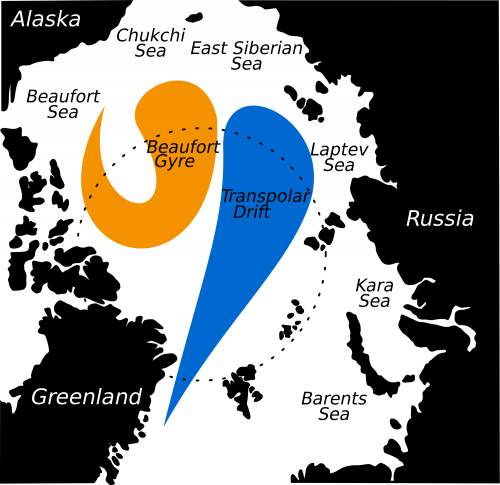Research shows presence of ‘archived’ heat in Arctic interior
In the scientific world, we don’t often think of intangible things as being “archived.” But new research by Mary-Louise Timmermans, professor of Geology & Geophysics at Yale, has revealed the presence of archived heat in the Arctic Ocean.
The study, published in Science Advances, found that warm waters originating from hundreds of miles away have migrated up north to the Arctic Ocean. As a result, the heat content of the Arctic’s Canadian Basin has doubled over the past three decades, which has the potential to melt even more sea ice in the region. Reduced sea ice cover leads to more open waters and thus increased solar absorption, particularly in the summer. The warm waters in turn melt more sea ice in a positive feedback loop, while winds drive waters underneath the surface. This results in an overall accumulation of heat deep within the interior of the Arctic Ocean.
But these effects don’t halt when the seasons change. Even in the winter, when the days are darker and solar absorption is expected to be lower, the summertime heat remains in the halocline—an oceanic water column that varies in salinity—where it can slow the growth of winter sea ice.
“The Arctic doesn’t just get warm in the summer and cool in the winter again—we are seeing these long-term effects of summer warming throughout the year,” Timmermans said.
As for the implications of the study, Timmermans remarked that the Arctic is warming faster than anywhere else on the planet, and that much of it is attributed to anthropogenic climate change. “But what we’ve seen in this study and many other studies in climate is that the problem is always much more complicated than what it first appears.”

